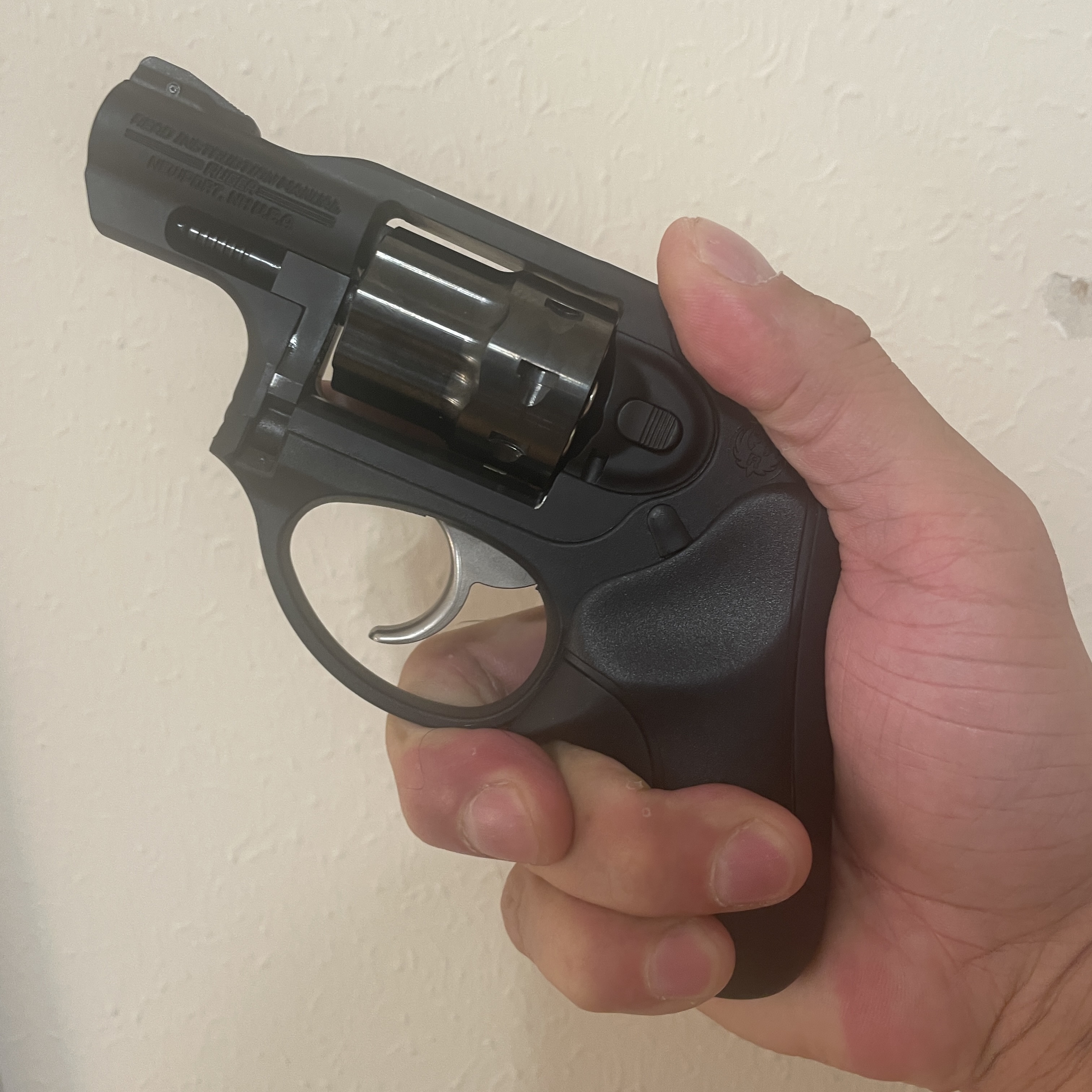
In response to my article Why I’m carrying a Ruger LCR .22 LR, commenters were curious why in particular the LCR .22 LR?
Listening to those smarter than me
When I hear guys like Chuck Haggard, Darryl Bolke, Rhett Neumayer talk… I listen. Much good heard about the LCR.
Novelty
I don’t have lots of revolvers, but every one I have is a Smith. (well, there’s that Cimarron I have for demoing single-action revolvers to students; which I got a Texas Jack’s in Fredericksburg). So to get a Ruger was nice for the simple variety.
Smiths
Yeah, the 351 C and the 43 C. I wanted to try the LCR. I have an LCP II and… it’s cool but too small for me to operate well.
Plus the Ruger’s cheaper.
Scuttlebutt is the Ruger’s more reliable.
Smiths I want to care for; I want to hand them down. The Ruger, given how it’s built I’m happy to subject it to the sweat of the Texas summer… it’s a tool.
.22 LR
Why not?
I gave up being a caliber snob.
Not everyone is me. Not everyone is you.
Cool. You can sub-2 Bill Drill with your Roland. Congratulations, your dick is much bigger than arthritic grandma’s. 🙂
My change of mind was my aging Realtor. The job of Realtor can be dangerous: intentionally taking strangers into other people’s homes… why should grandma with the weak and arthritic hands not have SOME chance of defending herself? She’s not out to go hunting, she just doesn’t want to die at the hands of some dude in a strange house, y’know? If all she could manage was a little .22 Derringer, fuck it – it’s better than nothing!
It’s one reason I’m glad Texas removed the minimum caliber restriction for getting a License to Carry (LTC). I understand why they that existed; still the side-effect was it shut out people like my Realtor. So I’m glad it was removed.
If self-defense is a human right, she deserves every opportunity just as much as the young and able-bodied.
But yes, I get it. .22 LR kinda sucks. Still, like Tam said:
Putting a few into a dude’s snotbox at three to five yards is bound to have an effect, rimfire or not.
Tamara Keel, Practical Popguns
Modern .22 LR ammo has come a long ways. I’ve been shooting almost exclusively Federal Punch, and it’s been mostly trouble-free. A couple hard extractions, but that’s all (I probably need to clean my cylinders). Punch passes the FBI tests. I have shot Velocitor. It runs alright, I just have only so much and it’s scarce… not enough to run through to build up and do. I can get lots of Punch, and even practice with that load. There’s also something in the bullet construction that differentiates Punch (look at things other than weight…).
I do want to practice. I need to practice. Dot Torture is good. 5^5. The Wizard. Passing my own Minimum Competency Assessment. 3 Seconds or Less. Start there.
So…
Everything’s a trade-off somewhere, somehow.
For my context, this provides me the right balance of things. The Underwear Gun is a thing. I’m certain down the road context will change and so my choices may (need to) change as well. Between now and then I will learn.
I have been playing with the PHLster Enigma Express for the LCR… and let me just say, this is actually comfortable…






